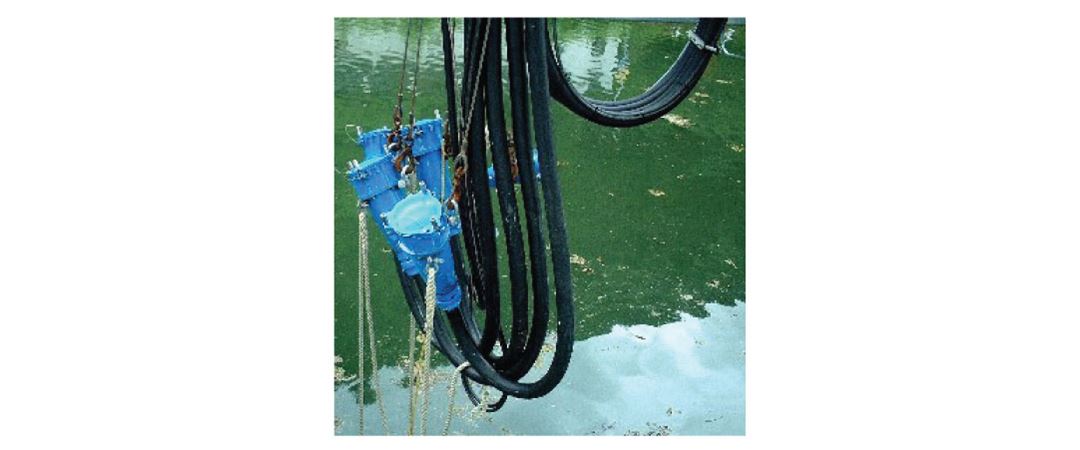
PLUG: Power Generation During Loading and Unloading
Introduction: "Cold Ironing" in brief
One concept that is being promoted by a number of ports is so-called “cold ironing”, where the ship’s machinery is switched off upon berthing and kept idle during call in a harbour. The power, which is necessary for covering the vessel’s own electricity demand, including its “hotel” and cargo handling requirements, is supplied via an electric connection to the conventional electricity distribution network in the given harbour. Beyond the local emissions aspects, cold ironing may become a way to reduce global emissions since, depending on the country considered, a significant share of on shore power may come from emission-free sources, such as nuclear or Renewable Energy Sources (RES).

Considering, the steady increasing of price for petroleum products, the cold ironing may become a cost-efficient alternative for many shipowners in the close future. Cold ironing operations have already been implemented for a number of cruise liners. Carriers of Liquefied Natural Gas (LNG) is the next target group, which at the moment has a “wait and see” attitude towards cold ironing. One of the main practical reasons for this reluctance is that the existing technical solutions have been based on traditional power connector technologies. Establishment of a connection between a vessel and a harbour is very time consuming and usually requires a crane and a significant amount of manual handling by the crew and the terminal operator. The figure on the left shows a typical power line connector, which is used today.